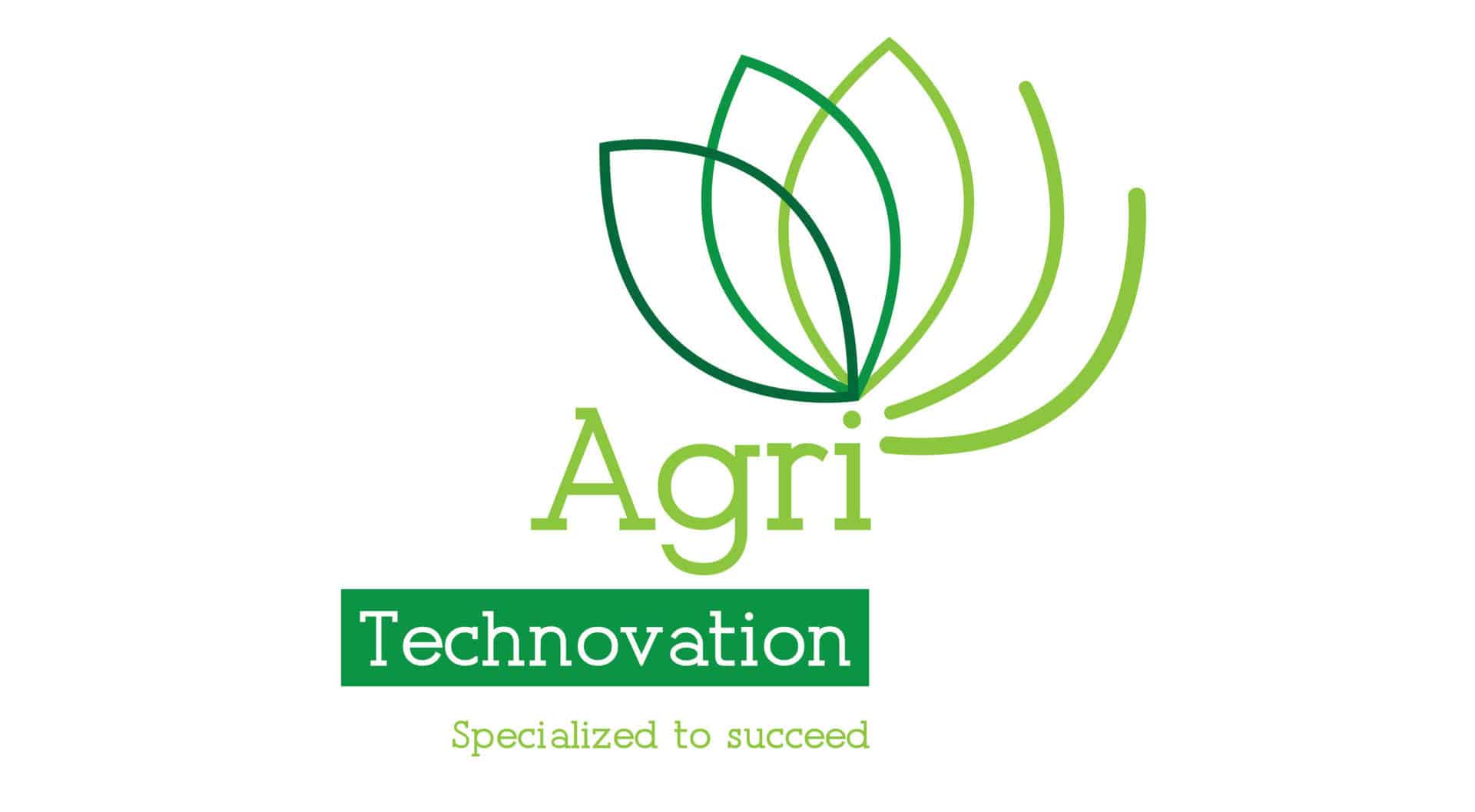Build your own soil puzzle and unearth the soil’s full potential

Build your own soil puzzle and unearth the soil’s full potential by Schalk du Plessis, Senior Soil Scientist and Coenraad Janse van Rensburg, Data Scientist Unlock the full soil potential The ITEST™SOIL and MYSOIL CLASSIFICATION™ services have made it possible for many a producer to firstly identify variation in soil and then to apply informed […]
The critical role of CARBOFUEL™ during fruit production
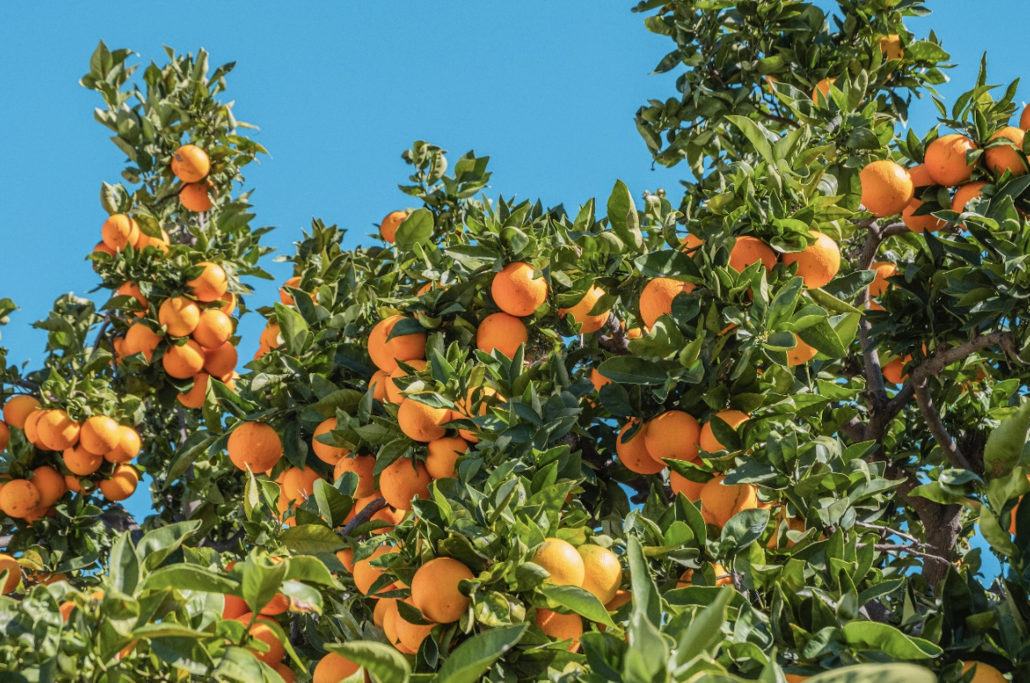
The critical role of CARBOFUEL™ during fruit production By Rochelle Thuynsma, Head of Products: Technical Introduction In fruit crops, flowering time and intensity depend on the species, tree age and the prevailing climatic conditions.(1) Flower induction is the first phase of floral meristem growth and determines final flower intensity and ultimately, fruit set and yield. […]
Data mining in grain: Optimal profit management
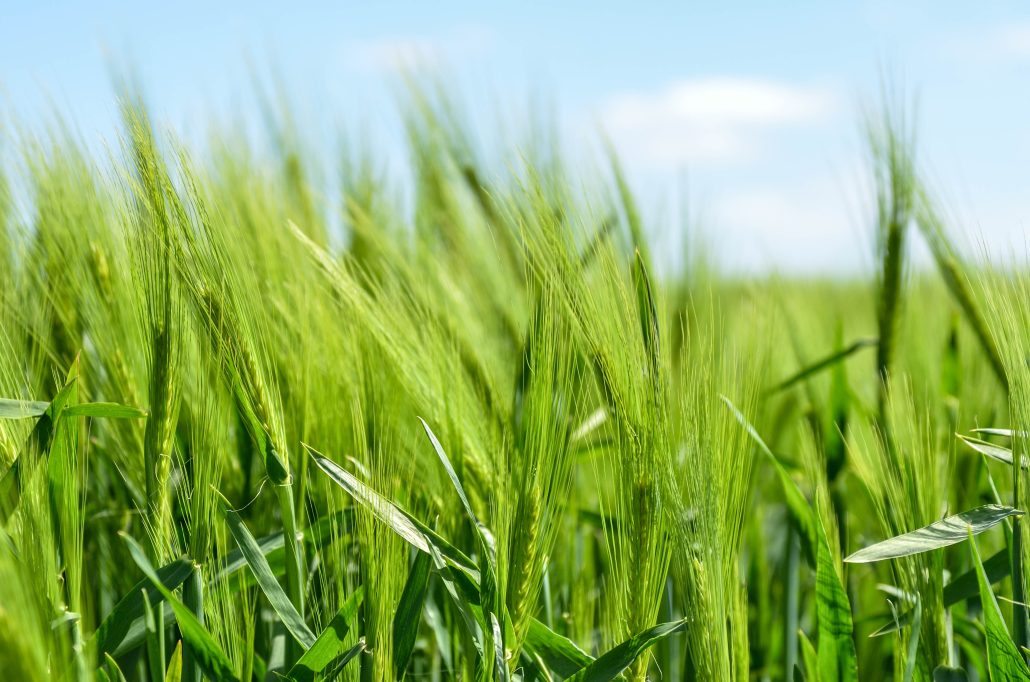
Data mining in grain: Optimal profit management by Coenraad Janse van Rensburg, Data Scientist, Theuns van Wyk, Soil Scientist, Marnus Ferreira, Head of Soil Science Unlock the potential of your soil Agri Technovation measures the value of soil classification and fertility as well as the influence of the soil physical and -chemical properties on crop […]
The RELEASE LPH™ range of products
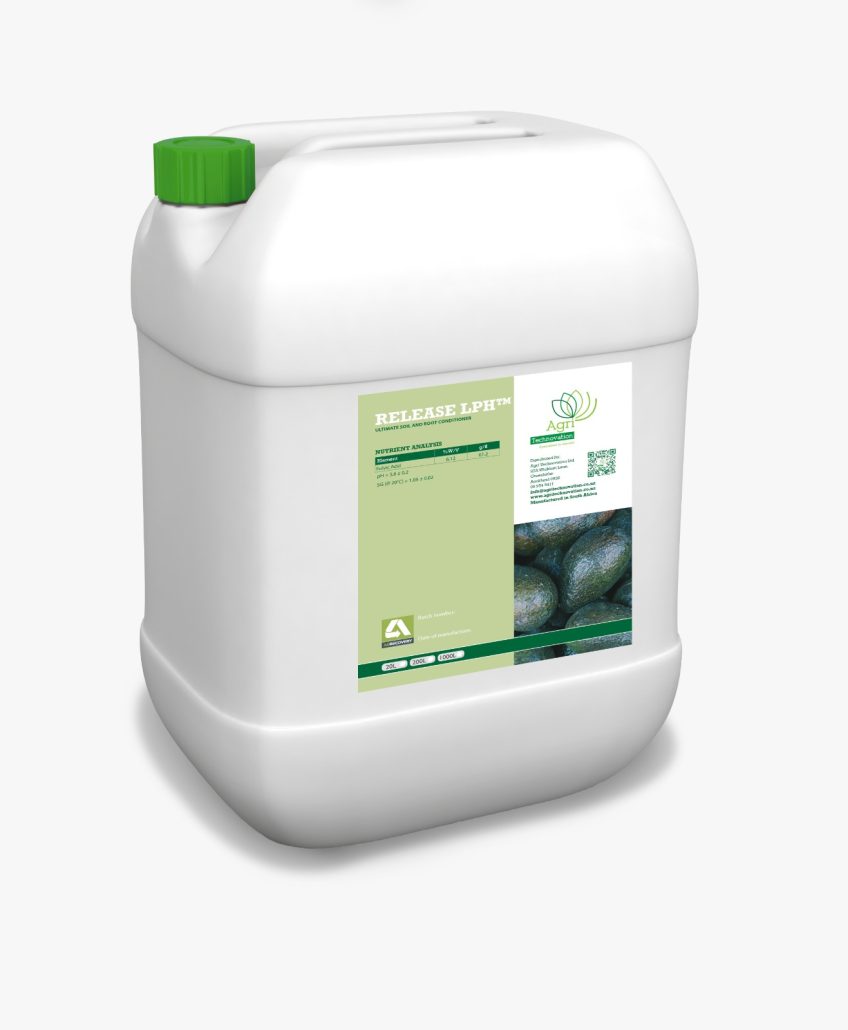
The RELEASE LPH™ range of products by Rochelle Thuynsma, Senior Product Manager Complex biological biostimulants for crop production Understanding the importance of plant nutrients and ensuring effective uptake by the plant, is essential for anyone interested in successfully cultivating healthy and productive crops. These nutrients are crucial for plant growth, development and reproduction, while nutrient […]
In-furrow application: Excellent option for producer and plant!
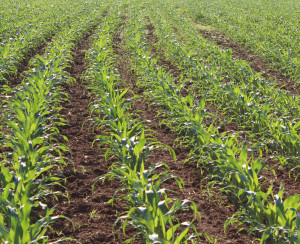
In-furrow application: Excellent option for producer and plant! by Heinz Oellermann, Head of Grains, Agri Technovation The sustainable way forward These days farming practices are largely technologically driven. Technology comes at a cost however and should therefore be utilised effectively to ensure optimal return on your investment. A practice already widely used in the USA […]
Carbohydrates and flower development in avocados

Carbohydrates and flower development in avocados by Dr Elmi Lötze (Head of ITEST™CARBOHYDRATES and ITEST™LEAF) and Wilmé Brown (Plant Physiologist) Flower development requires energy Avocado trees flower in abundance, though only a small percentage of these flowers set and develop into mature fruit. This process is influenced by carbohydrates and plant hormones. Carbohydrates (sugar and […]
ITEST™ CARBOHYDRATES analyses for pome fruit
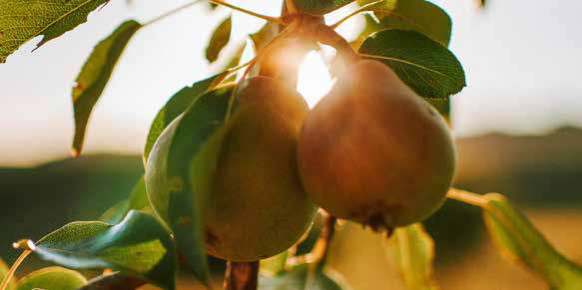
ITEST™CARBOHYDRATES analyses for pome fruit by Dr Elmi Lötze (Head of ITEST™CARBOHYDRATES and ITEST™LEAF) and Wilmé Brown (Plant Physiologist) Biological indicator for management decisions The ITEST™CARBOHYDRATES service is now also available for pears and apples. Although the impact of carbohydrates on pome fruit cultivation has been investigated locally for many years, a commercial service making […]
How your avocado orchard benefits from carbohydrate analyses

How your avocado orchard benefits from carbohydrate analyses by Dr Elmi Lötze (Head of ITEST™CARBOHYDRATES and ITEST™LEAF) and Wilmé Brown (Plant Physiologist) Carbohydrates as physiological indicator of plant status The use of carbohydrate analyses to study plant performance is an established practice in the research environment (Wolstenholm, 1987; Whiley et al., 1988; Davie et al., […]
PICKLOGGER™ is a game changer
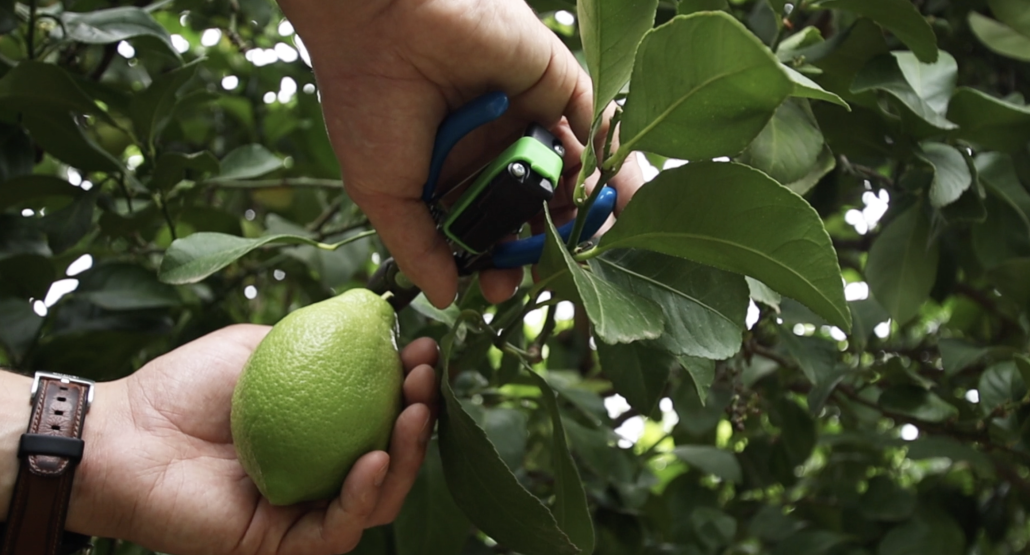
PICKLOGGER™ by Albert Bijker and Erald Smith PICKLOGGER™ is a game-changing device that helps farmers and their stakeholders to identify and manage various factors that affect the yields of hand-harvested crops. By recording and logging data points during harvesting, PICKLOGGER™ makes it possible for farmers to produce yield maps, giving them a clear picture of […]
Blue Gold: Let’s start digging
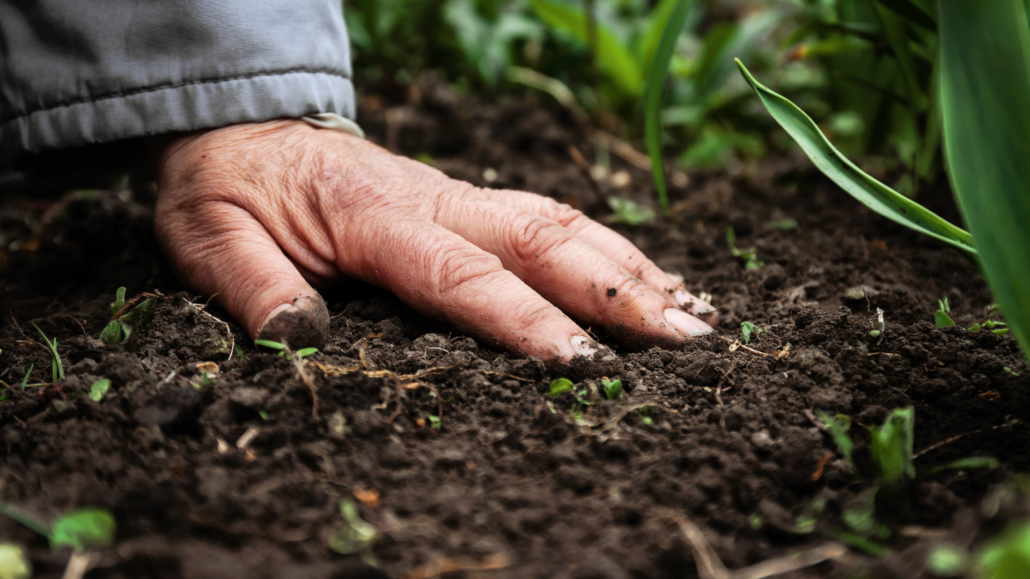
Blue Gold: Let’s start digging by Hestia Pienaar (Senior Agronomist, Grains and vegetables) Responsible and efficient irrigation A satellite remote sensing study conducted by the WRC reported that 1 334 562 hectares were actively irrigated in South Africa during 2015. The agricultural industry is under constant pressure to account for the allocation of this water […]
